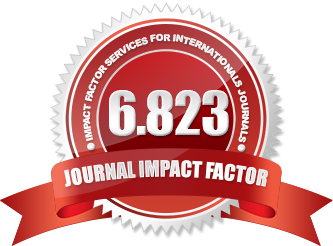Linguistic and Cultural Features of Anthroponyms of Humor and Satire in the English and Uzbek Languages
DOI:
https://doi.org/10.51699/pjcle.v2i2.238Keywords:
Humor and satire, linguocultural, communication, linguisticsAbstract
Humor is a multifaceted phenomenon of culture and, in semiotic terms, involves consideration from the standpoint of the relationship of a sign to an interpreter (pragmatics), to the world (semantics), to a system of other signs (syntactics) and to the form of expression of a sign (sigmatics). The pragmalinguistic characteristics of English humor are those meanings that are encoded by the sender of speech in humorous texts and then adequately or inadequately decoded by the recipient of the speech. Our main idea was that in order to adequately decode English humor, it is necessary to understand the linguocultural specifics of English and Uzbek speaking communication. It is known that the understanding of humor is difficult to measure and is perhaps one of the most subtle mechanisms of a person's mental adaptation to society. Therefore, in the perception and understanding of foreign humor, various kinds of errors are inevitable, due to both the personal characteristics of the communicants and the socio-cultural characteristics of the circumstances of communication.






